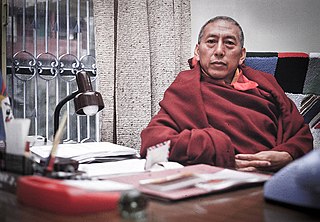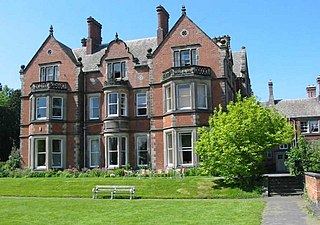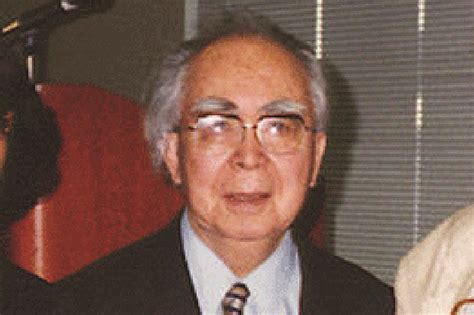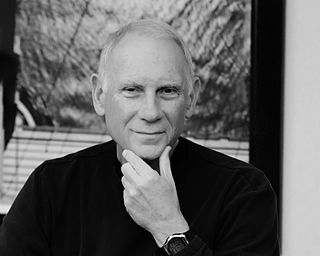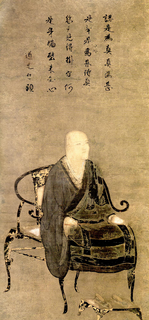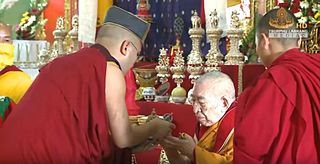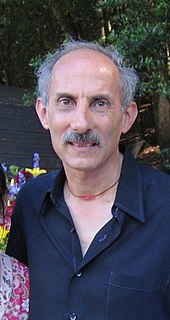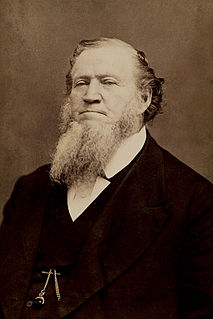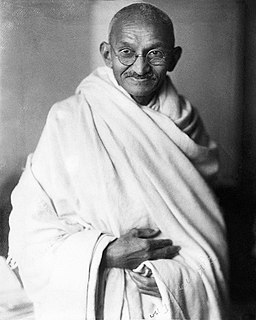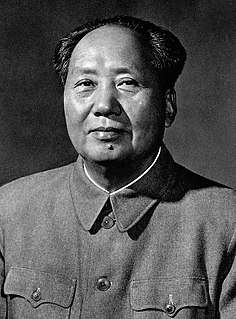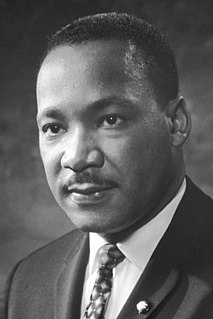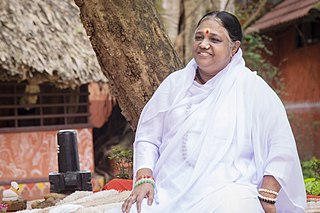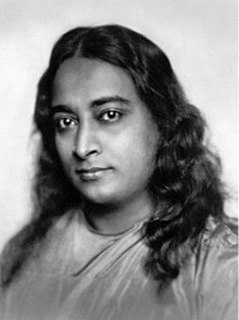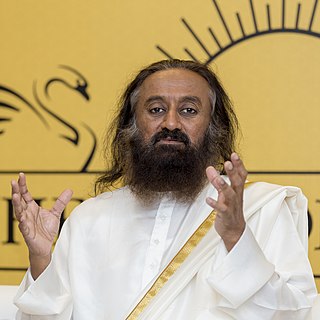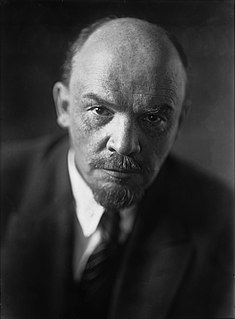A Quote by Lobsang Tenzin
Non-violence is the essence of the entire Buddha's teaching, and the practice of non-violence is the entire essence of the practice of Buddha dharma, Buddhist spirituality, in one's life.
Quote Topics
Related Quotes
To think that practice and realization are not one is a heretical view. In the Buddha Dharma, practice and realization are identical. Because one's present practice is practice in realization, one's initial negotiating of the Way in itself is the whole of original realization. Thus, even while directed to practice, one is told not to anticipate a realization apart from practice, because practice points directly to original realization.
These various forms appear different in shape and size, yet they are of a single essence. . . . The Sixth Patriarch called it "essence of Mind". . . Here the Third Patriarch calls it "timeless Self-essence." Bankei called it "unborn Buddha-mind." They all refer to the same thing: Buddha-nature, true self. This essence is not born and can never die. It exists eternally. Some call it energy; others call it spirit. But what is it? No one knows. Any concept we have of what it is can only be an analogy. . . .
Dharma has several connotations in South Asian religions, but in Buddhism it has two basic, interrelated meanings: dharma as 'teaching' as found in the expression Buddha Dharma, and dharma as 'reality-as-is' (abhigama-dharma). The teaching is a verbal expression of reality-as-is that consists of two aspects-the subject that realizes and the object that is realized. Together they constitute 'reality-as-is;' if either aspect is lacking, it is not reality-as-is. This sense of dharma or reality-as-is is also called suchness (tathata) or thatness (tattva) in Buddhism.
Buddha was speaking about reality. Reality may be one, in its deepest essence, but Buddha also stated that all propositions about reality are only contingent. Reality is devoid of any intrinsic identity that can be captured by any one single proposition - that is what Buddha meant by "voidness." Therefore, Buddhism strongly discourages blind faith and fanaticism.
There are several realms which ordinary persons do not perceive. Because they cannot see them, that doesn't mean they don't exist. One of these realms is the sambhogakaya that can only be visited by highly realized Bodhisattvas. In the pure realm of the sambhogakaya, the Dharma is continuously taught. One sambhogakaya realm is Tushita, which is presided over by the next Buddha, the Maitreya Buddha. Buddha Shakyamuni dwelled there before coming to earth to give Dharma teachings.
According to Shakyamuni Buddha, it's normal for human beings to be anxious, because it's normal for human beings not to understand themselves. When you don't understand yourself, you're uncomfortable and scared. When you realize that you're anxious, Buddha's teaching is to practice being patient with it.
You are a Buddha, and so is everyone else. I didn't make that up. It was the Buddha himself who said so. He said that all beings had the potential to become awakened. To practice walking meditation is to practice living in mindfulness. Mindfulness and enlightenment are one. Enlightenment leads to mindfulness and mindfulness leads to enlightenment.
In Buddhism, there are three gems: Buddha, the awakened one; Dharma,
the way of understanding and loving; and Sangha, the community that
lives in harmony and awareness. The three are interrelated, and at
times it is hard to distinguish one from another. In everyone there
is the capacity to wake up, to understand, and to love. So in
ourselves we find Buddha, and we also find Dharma and Sangha.
Just as the grammarian makes one study grammar,
A Buddha teaches according to the tolerance of his students;
Some he urges to refrain from sins, others to do good,
Some to rely on dualism, other on non-dualism;
And to some he teaches the profound,
The terrifying, the practice of enlightenment,
Whose essence is emptiness that is compassion
